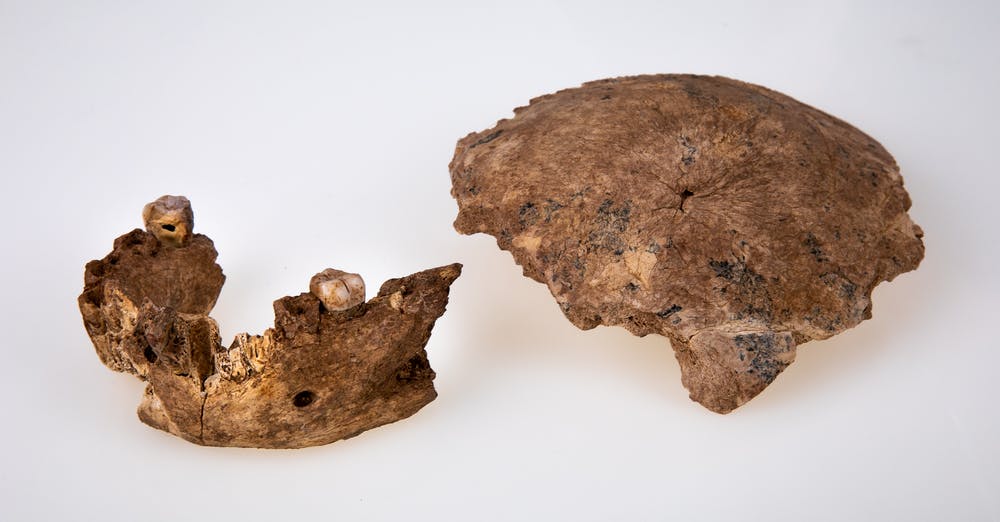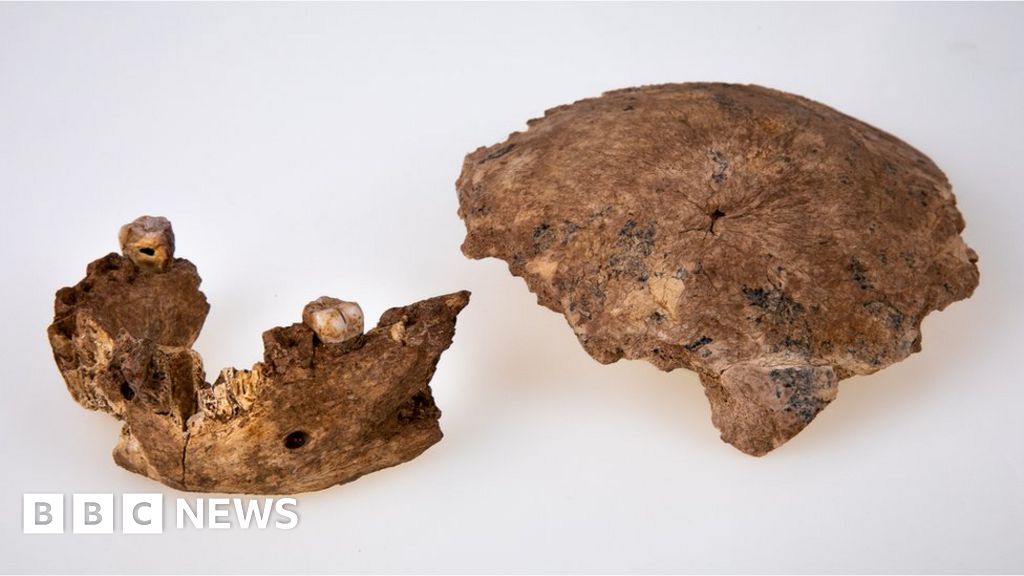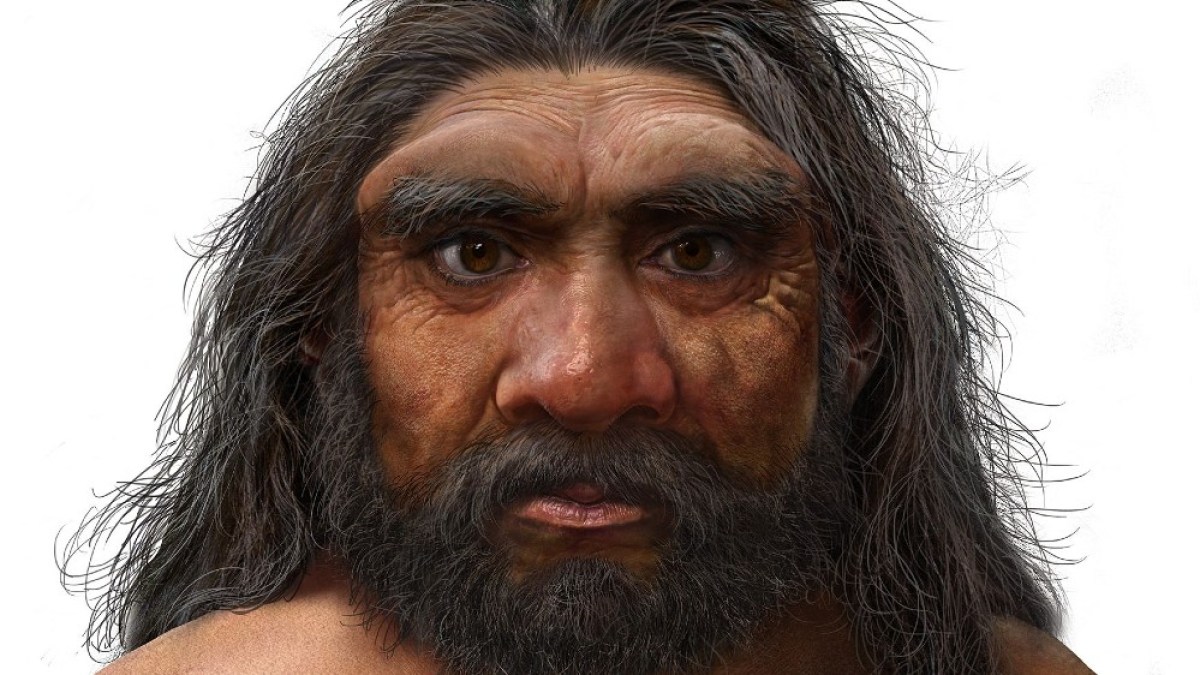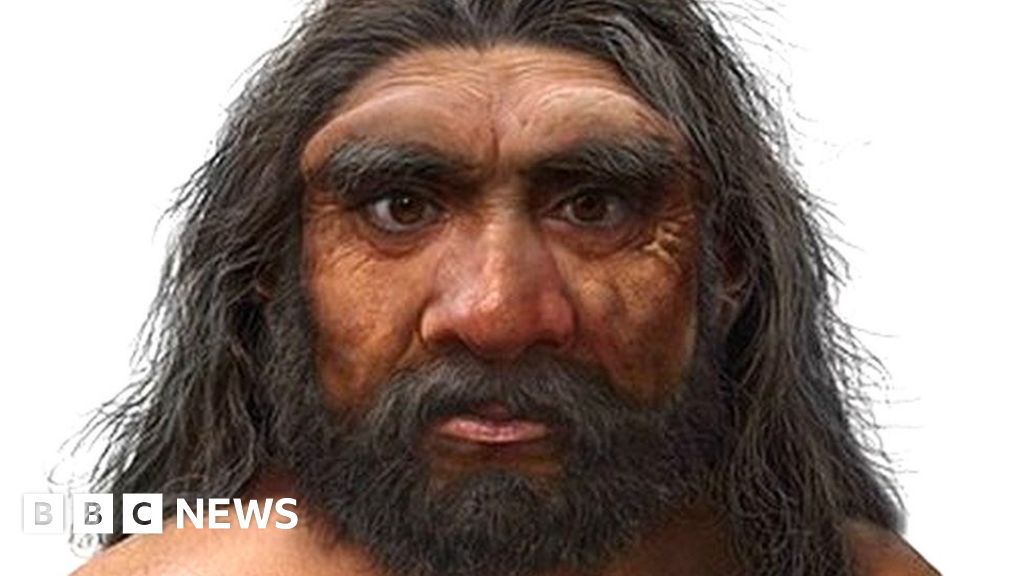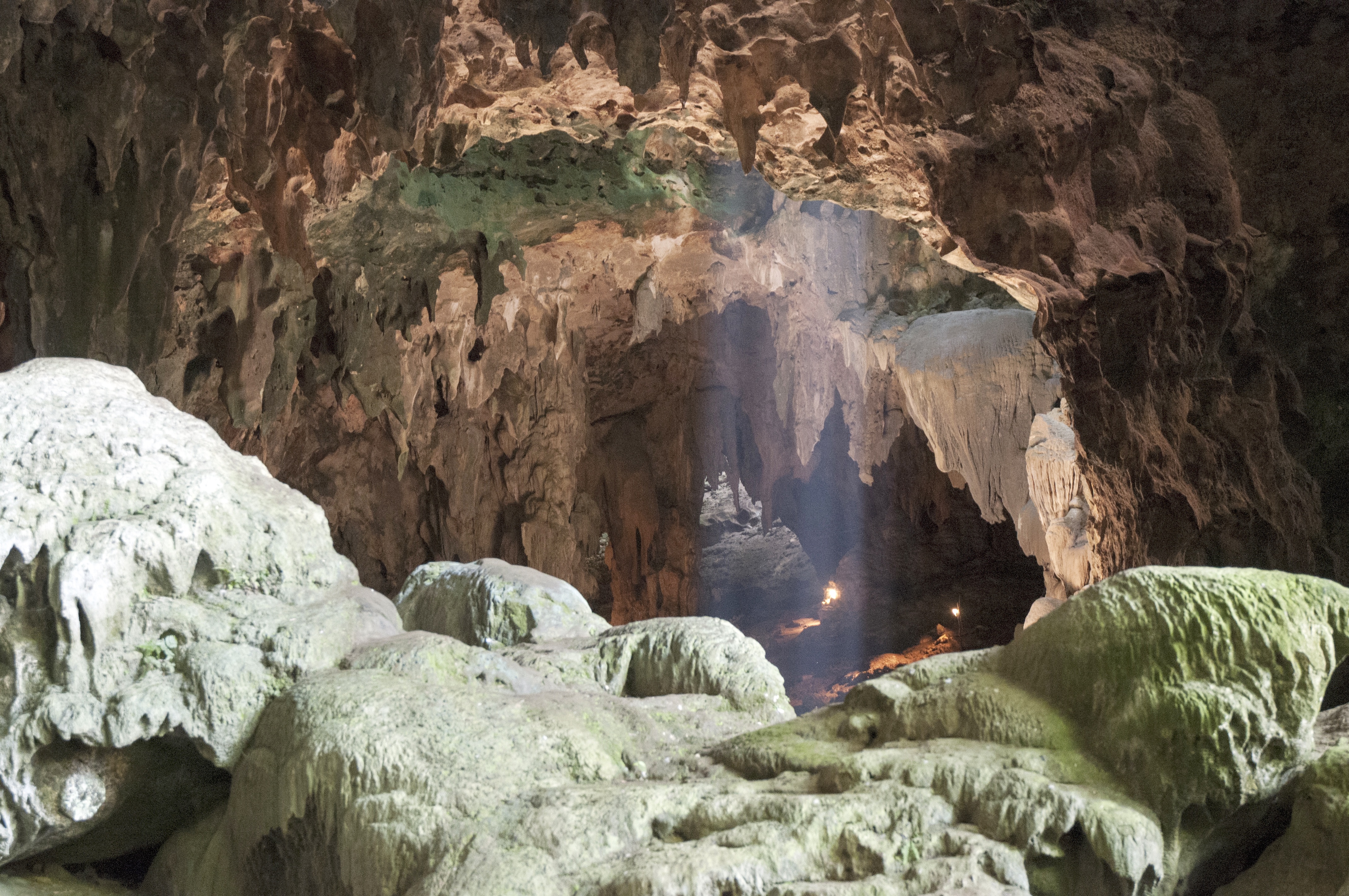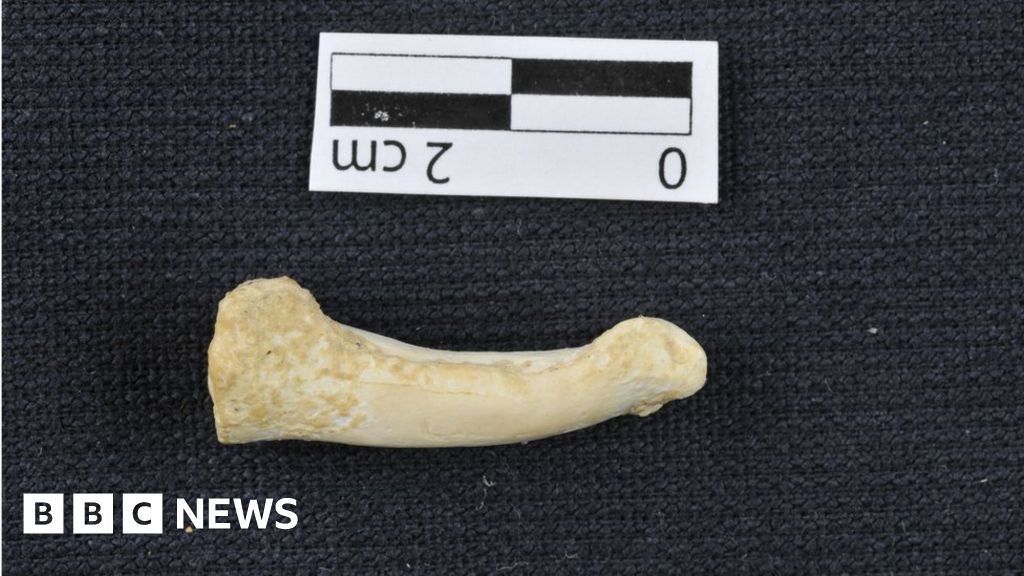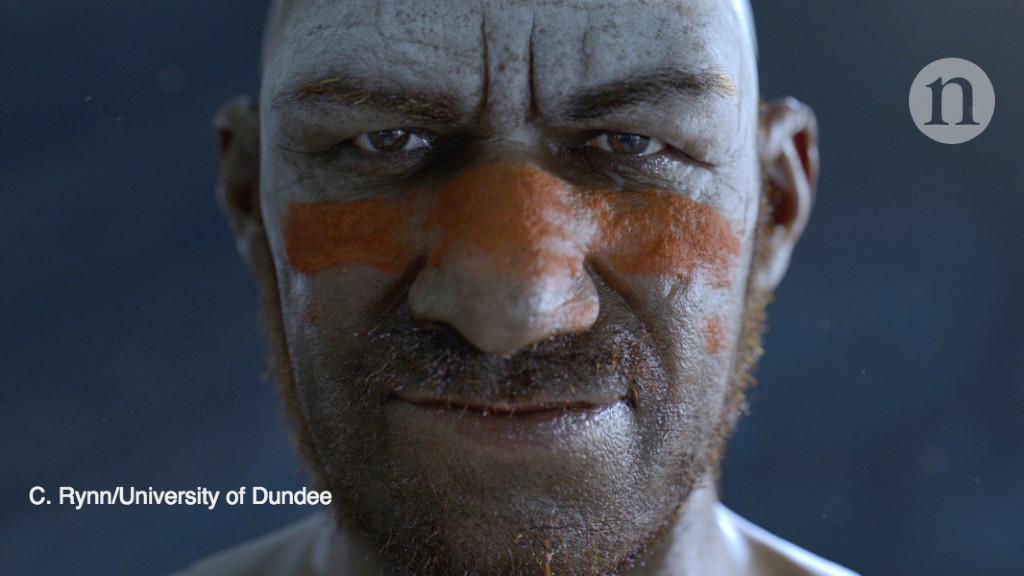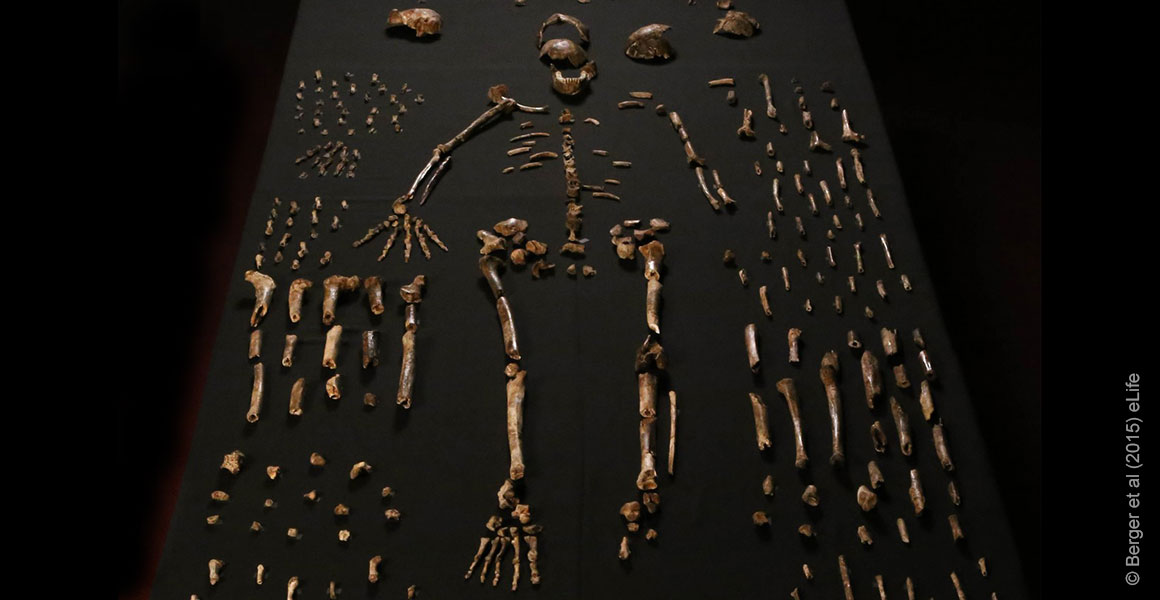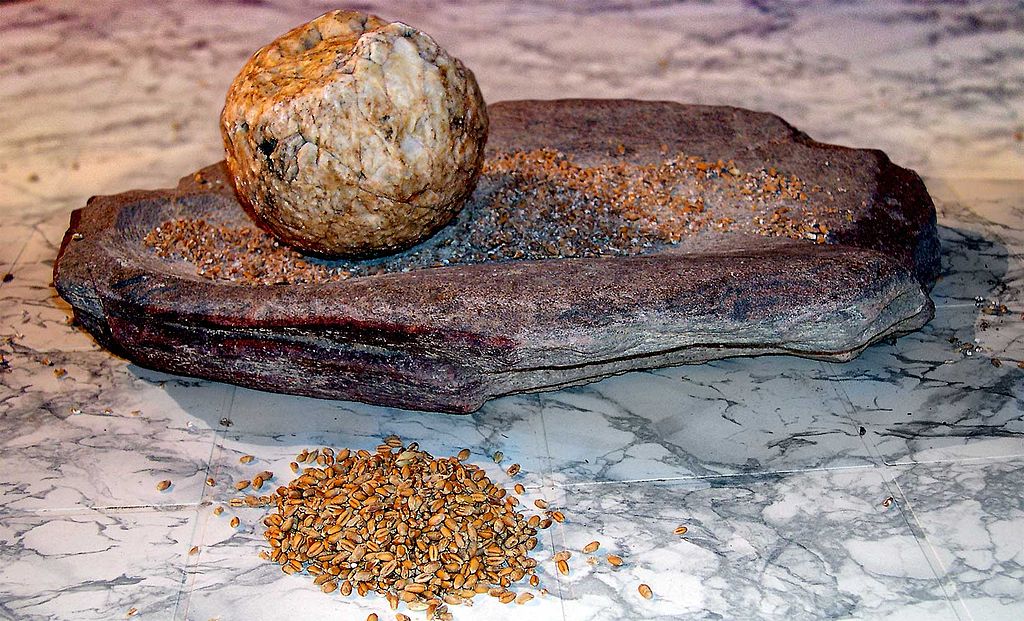5fish
Well-Known Member
- Joined
- Jul 28, 2019
- Messages
- 10,711
- Reaction score
- 4,559
Yes, our Butts made us human because our Big Butts allow us to run... Running made us scavengers and then persistent hunters... You need a nuchal ligament.
Our bodies are design for endurance running and walking and it all happen about 2 million years ago. It seems Homo Erectus was the first to have a big butt and a nuchal ligament around 2 million years ago. I want to point out the Spears with Rock tips did not happen until 500.000 years ago and Bows and Arrows did not happen until about 100,000 years ago so when we hunted and killed an animal it was brutal with rocks, sharpen sticks and clubs. A group of humans can keep loins and other predators at bay with rocks and sticks or keep scavengers at bay after a kill by another predator has killed a prey and eaten its full. I know we couch potatoes are runners, hard to believe...
Note: scavenger | National Geographic Society
A scavenger is an organism that mostly consumes decaying biomass, such as meat or rotting plant material. Many scavengers are a type of carnivore, which is an organism that eats meat. ... Scavengers are a part of the food web, a description of which organisms eat which other organisms in the wild.
Note:
Persistence hunting - Wikipedia
Persistence hunting (sometimes called endurance hunting) is a hunting technique in which hunters, who may be slower than their prey over short distances, use a combination of running, walking, and tracking to pursue prey until it is fatigued or overheated. A persistence hunter must be able to run a long distance over an extended period of time. The strategy is used by a variety of canids such as African wild dogs, and by human hunter-gatherers.
Humans are the only surviving primate species that practises persistence hunting. In addition to a capacity for endurance running, human hunters have comparatively little hair, which makes sweating an effective means of cooling the body.[1] Meanwhile, ungulates and other mammals may need to pant to cool down enough,[1] which also means that they must slow down if not remain still.[2]
Persistence hunting is believed to have been one of the earliest hunting strategies used by humans.[2][3] It is still used effectively by the San people in the Kalahari Desert, and by the Rarámuri people of Northwestern Mexico.
Here are some links a little more detailed...

 www.nytimes.com
www.nytimes.com
snip...
Endurance running, unique to humans among primates and uncommon in all mammals other than dogs, horses and hyenas, apparently evolved at least two million years ago and probably let human ancestors hunt and scavenge over great distances. That was probably decisive in the pursuit of high-protein food for development of large brains.
snip...
Dr. Bramble, a professor of biology and a specialist in the biomechanics of animal locomotion, said, "Running made us human, at least in an anatomical sense," adding that he and Dr. Lieberman were "very confident that strong selection for running was instrumental in the origin of the modern human body form."
snip...
And there was the gluteus maximus, the muscle of the buttocks. Earlier human ancestors, like chimpanzees today, had pelvises that could support only a modest gluteus maximus, nothing like the strong buttocks of Homo...
snip...
The scientists compiled a list of 26 traits connected with running that early Homo specimens exhibited. It was a result of 13 years of research that started with watching pigs running on a treadmill.
snip...
The scientists learned that all accomplished running animals, modern or fossil, had a mark in the skull where the nuchal ligament had been. They found it in early Homo specimens, but not in Australopithecus, the genus that lived more than three million years ago and included the 3.2-million-year-old Lucy skeleton.
Here a link to the on persistence hunting hypothesis:
snip...
When you put Persistence Hunting together with the skeletal and muscular makeup of the Homo species, they form a theory called - The Endurance Running Hypothesis - meaning that we evolved as endurance runners in order to hunt and survive
snip...
Climate changes around 2-3 million years ago meant the lush rainforests of Africa were decreasing and vast dry savannahs were pushing them back, so food was becoming harder to find for the Hominid species of forest dwellers. It was time to come down from the trees, become dedicated bipeds and extend our range into the savannahs. Homo Erectus was born and not only did we change our skeletal and muscular structures, we also changed our diet quite drastically. Bones found from around this time (2 million years ago) suggest that there was a significant rise in the amount of protein we ate. This could only have come from eating animals; therefore we must have started to hunt.
snip...
This doesn’t seem such a big deal, until you consider that at this point in our evolution we had not yet developed the skills to make weapons, all the ancient hunter-gatherer would have had, were big sticks to use as clubs and rocks! Spears with pointed flint heads were not around until 200,000 years ago and bow and arrows came even later at around 50,000 years ago.
Our bodies are design for endurance running and walking and it all happen about 2 million years ago. It seems Homo Erectus was the first to have a big butt and a nuchal ligament around 2 million years ago. I want to point out the Spears with Rock tips did not happen until 500.000 years ago and Bows and Arrows did not happen until about 100,000 years ago so when we hunted and killed an animal it was brutal with rocks, sharpen sticks and clubs. A group of humans can keep loins and other predators at bay with rocks and sticks or keep scavengers at bay after a kill by another predator has killed a prey and eaten its full. I know we couch potatoes are runners, hard to believe...
Note: scavenger | National Geographic Society
A scavenger is an organism that mostly consumes decaying biomass, such as meat or rotting plant material. Many scavengers are a type of carnivore, which is an organism that eats meat. ... Scavengers are a part of the food web, a description of which organisms eat which other organisms in the wild.
Note:
Persistence hunting - Wikipedia
Persistence hunting (sometimes called endurance hunting) is a hunting technique in which hunters, who may be slower than their prey over short distances, use a combination of running, walking, and tracking to pursue prey until it is fatigued or overheated. A persistence hunter must be able to run a long distance over an extended period of time. The strategy is used by a variety of canids such as African wild dogs, and by human hunter-gatherers.
Humans are the only surviving primate species that practises persistence hunting. In addition to a capacity for endurance running, human hunters have comparatively little hair, which makes sweating an effective means of cooling the body.[1] Meanwhile, ungulates and other mammals may need to pant to cool down enough,[1] which also means that they must slow down if not remain still.[2]
Persistence hunting is believed to have been one of the earliest hunting strategies used by humans.[2][3] It is still used effectively by the San people in the Kalahari Desert, and by the Rarámuri people of Northwestern Mexico.
Here are some links a little more detailed...
Running Extra Mile Sets Humans Apart in Primates' World (Published 2004)
Drs Dennis M Bramble and Daniel E Lieberman report that human physique looks much as it does because human ancestors acquired ability to run long distances over African savanna with springing step; say endurance running, unique to humans among primates and uncommon in all other mammals other...
snip...
Endurance running, unique to humans among primates and uncommon in all mammals other than dogs, horses and hyenas, apparently evolved at least two million years ago and probably let human ancestors hunt and scavenge over great distances. That was probably decisive in the pursuit of high-protein food for development of large brains.
snip...
Dr. Bramble, a professor of biology and a specialist in the biomechanics of animal locomotion, said, "Running made us human, at least in an anatomical sense," adding that he and Dr. Lieberman were "very confident that strong selection for running was instrumental in the origin of the modern human body form."
snip...
And there was the gluteus maximus, the muscle of the buttocks. Earlier human ancestors, like chimpanzees today, had pelvises that could support only a modest gluteus maximus, nothing like the strong buttocks of Homo...
snip...
The scientists compiled a list of 26 traits connected with running that early Homo specimens exhibited. It was a result of 13 years of research that started with watching pigs running on a treadmill.
snip...
The scientists learned that all accomplished running animals, modern or fossil, had a mark in the skull where the nuchal ligament had been. They found it in early Homo specimens, but not in Australopithecus, the genus that lived more than three million years ago and included the 3.2-million-year-old Lucy skeleton.
Here a link to the on persistence hunting hypothesis:
Is Persistence Hunting The Reason Why We Run?
here we look at the ancient practice of persistence hunting and why endurance running helped us to evolve. Maybe this is why we like marathons so much...
www.myrunningtips.com
snip...
When you put Persistence Hunting together with the skeletal and muscular makeup of the Homo species, they form a theory called - The Endurance Running Hypothesis - meaning that we evolved as endurance runners in order to hunt and survive
snip...
Climate changes around 2-3 million years ago meant the lush rainforests of Africa were decreasing and vast dry savannahs were pushing them back, so food was becoming harder to find for the Hominid species of forest dwellers. It was time to come down from the trees, become dedicated bipeds and extend our range into the savannahs. Homo Erectus was born and not only did we change our skeletal and muscular structures, we also changed our diet quite drastically. Bones found from around this time (2 million years ago) suggest that there was a significant rise in the amount of protein we ate. This could only have come from eating animals; therefore we must have started to hunt.
snip...
This doesn’t seem such a big deal, until you consider that at this point in our evolution we had not yet developed the skills to make weapons, all the ancient hunter-gatherer would have had, were big sticks to use as clubs and rocks! Spears with pointed flint heads were not around until 200,000 years ago and bow and arrows came even later at around 50,000 years ago.



